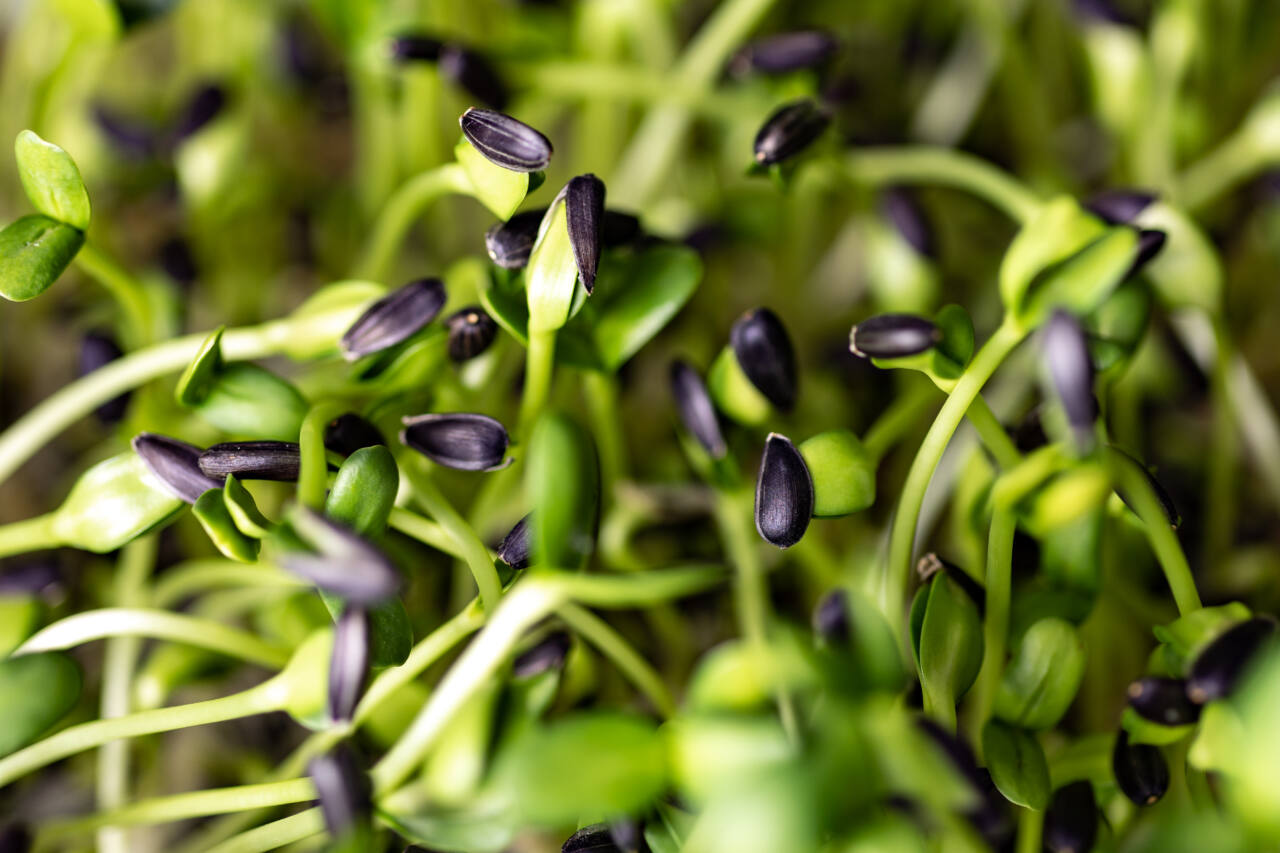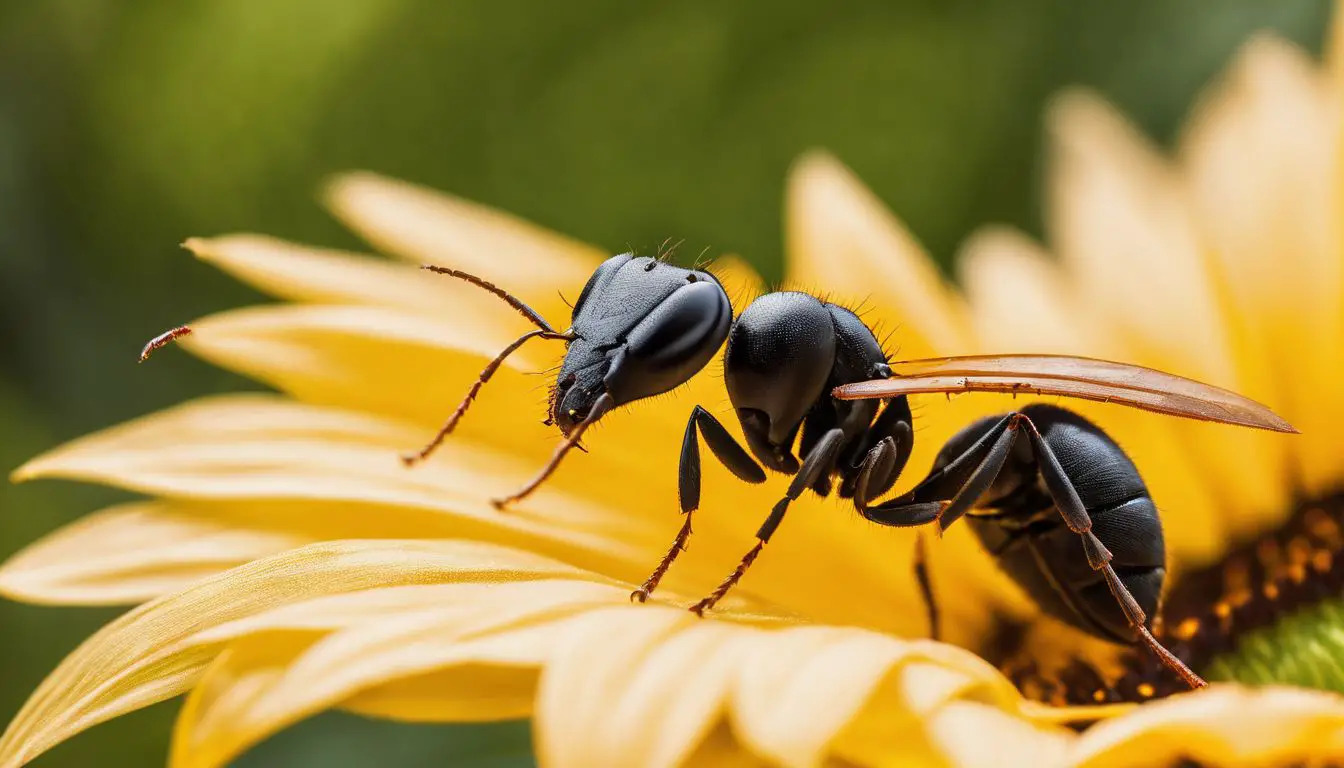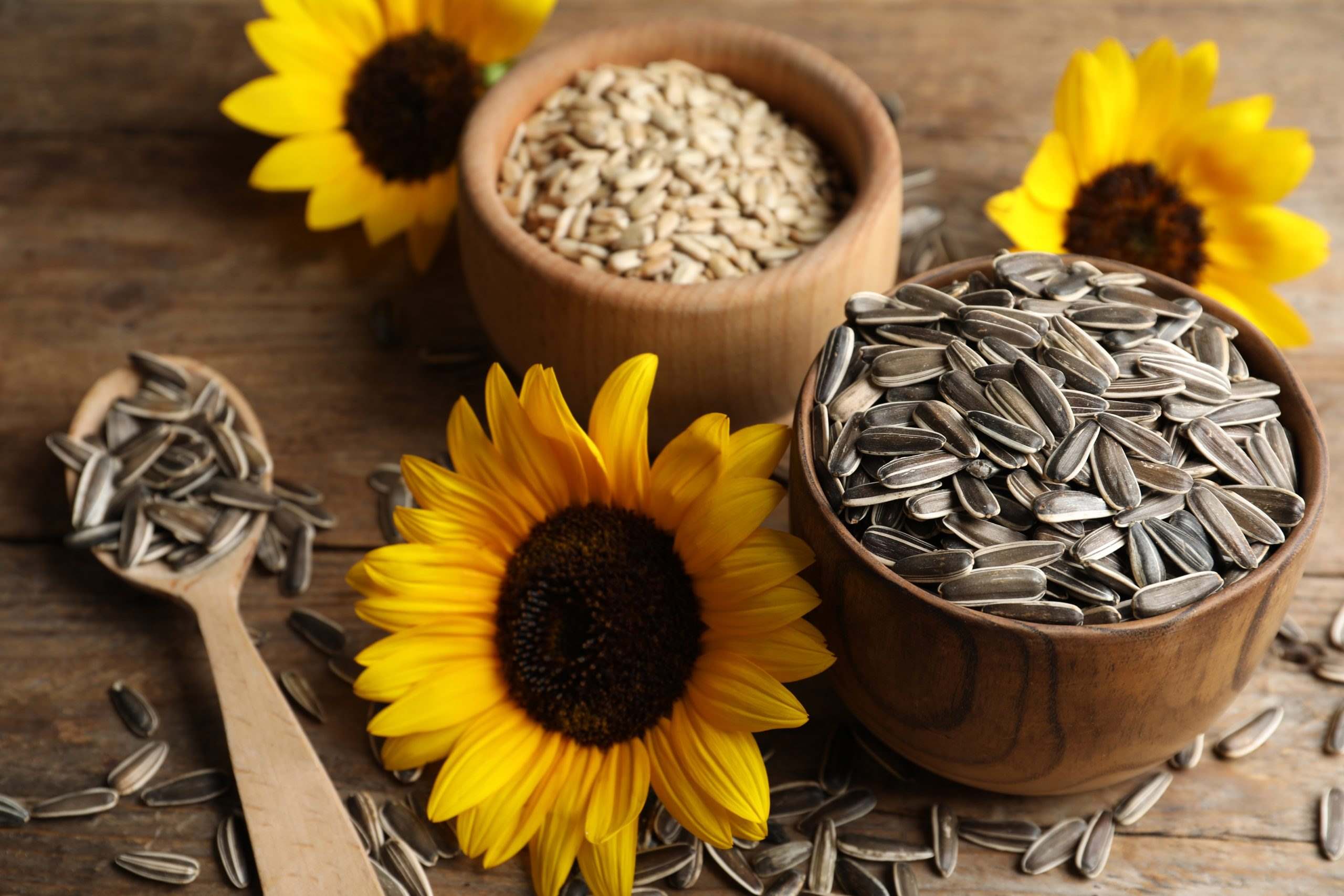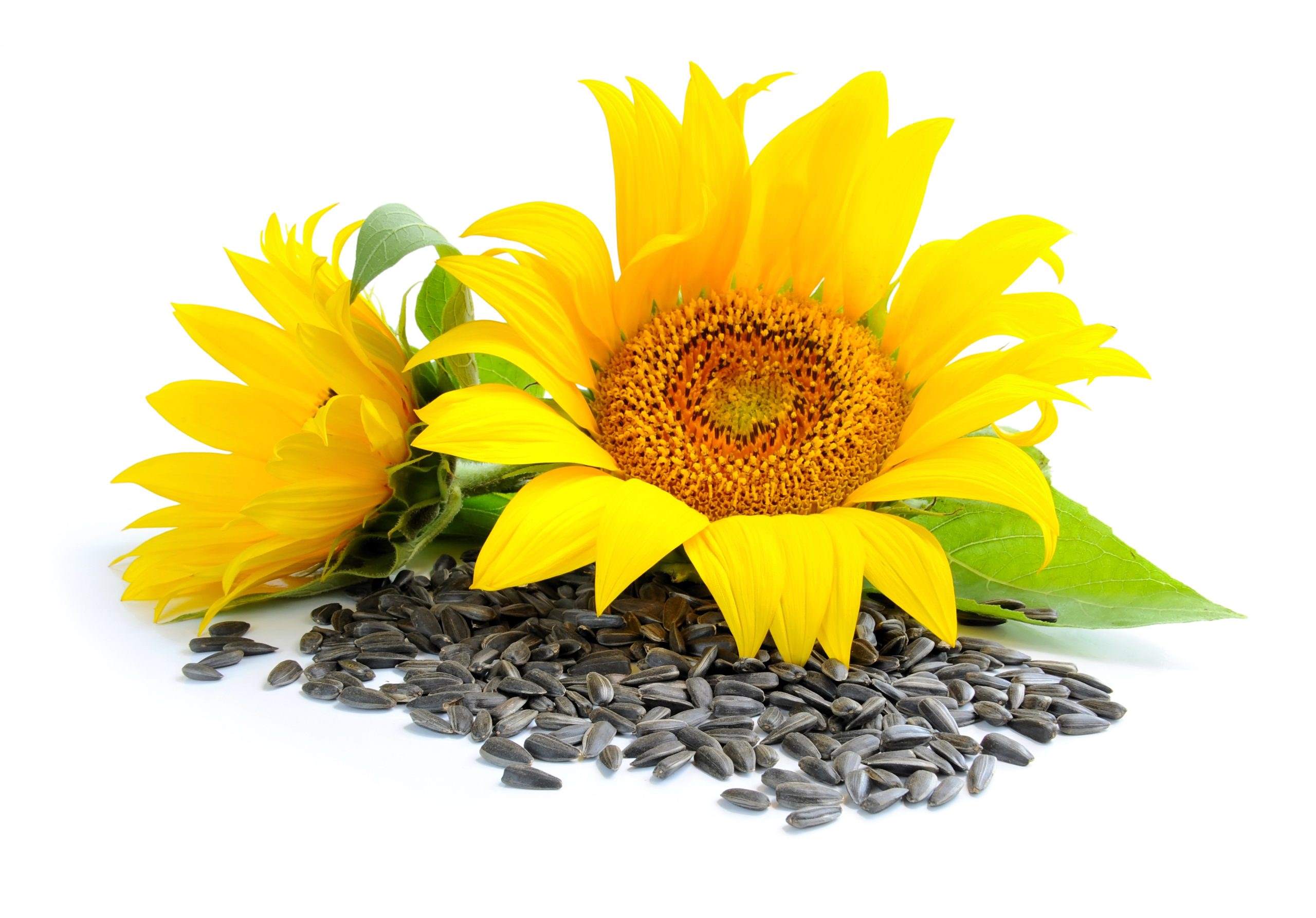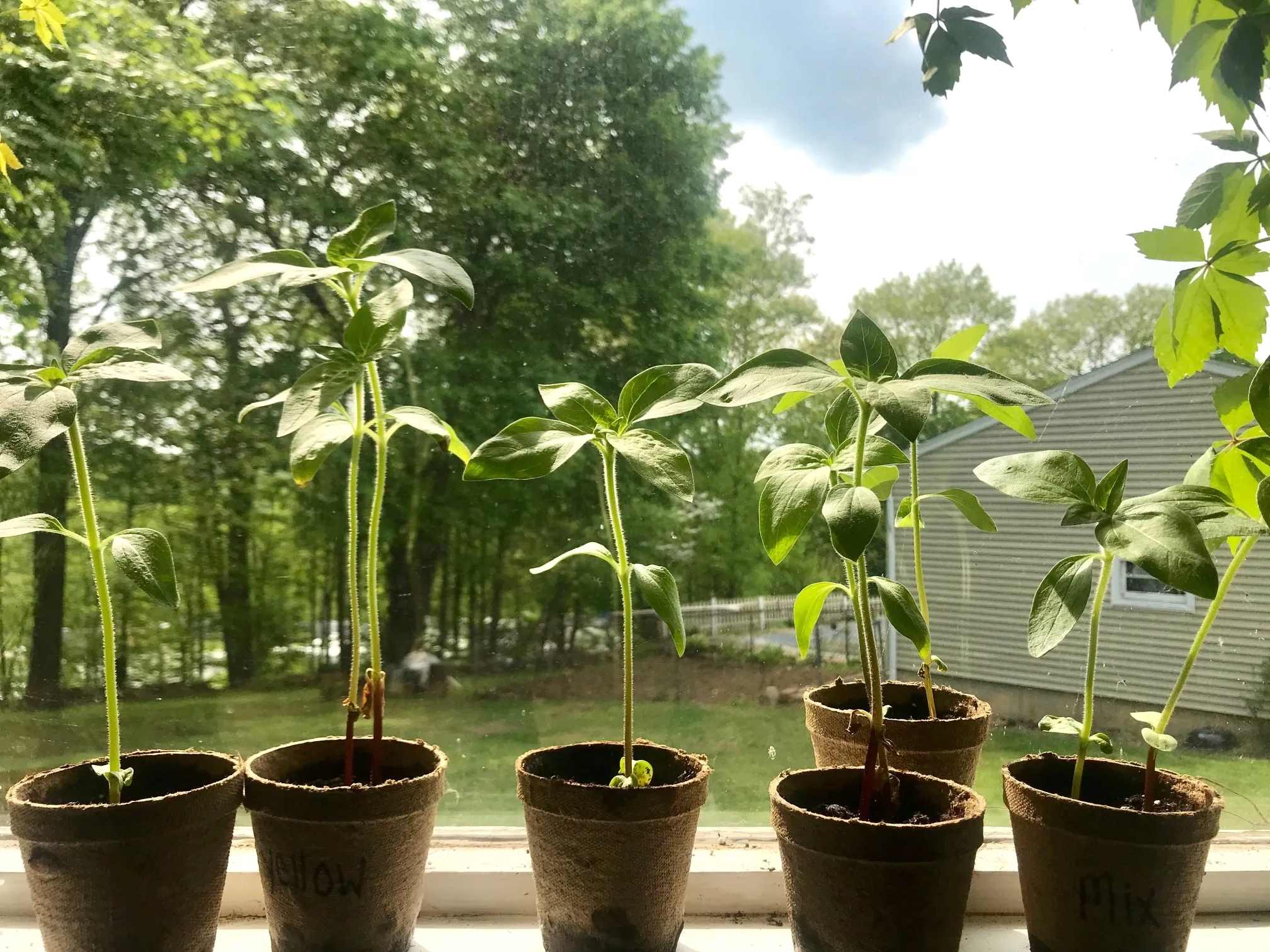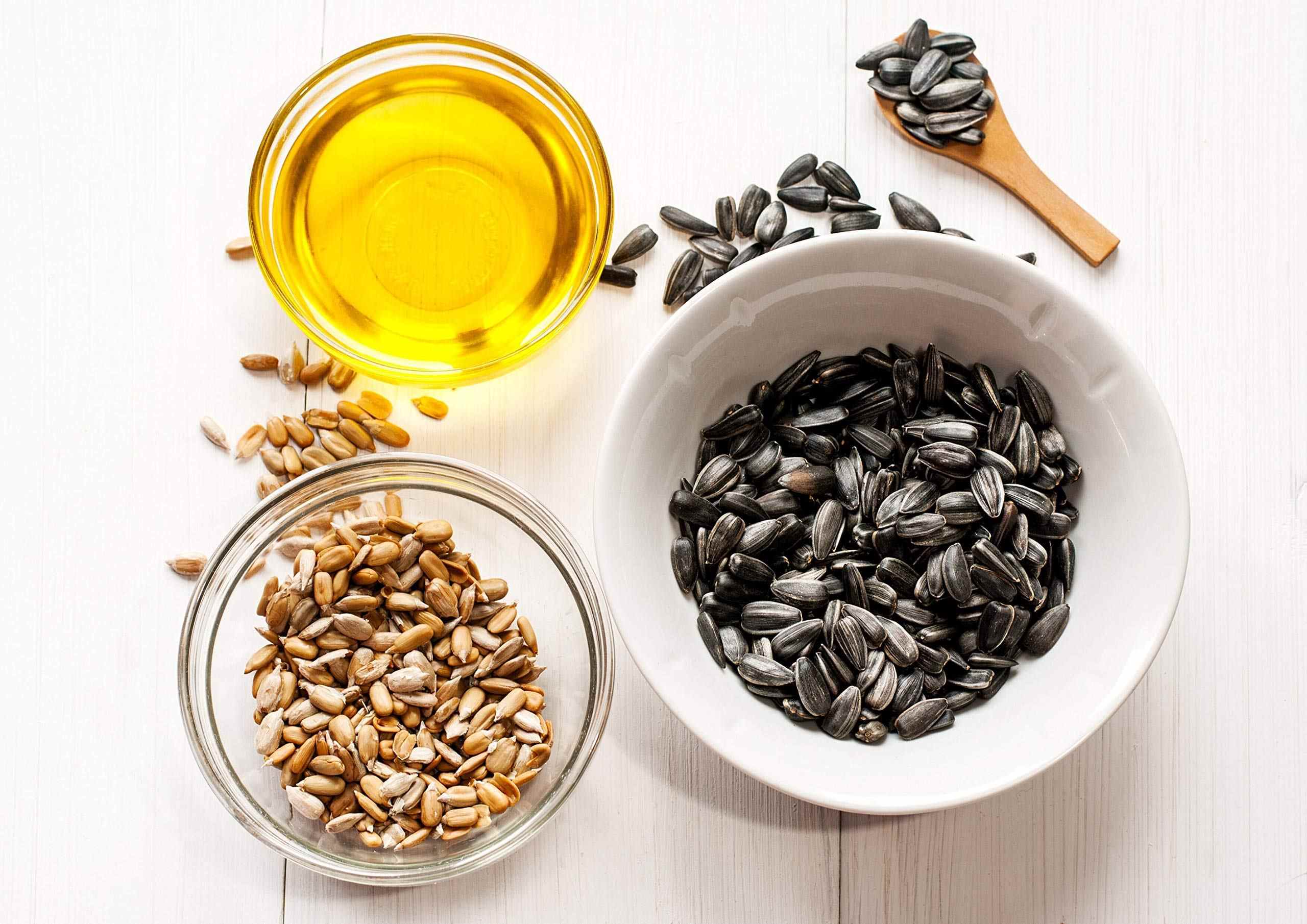Home>Types of Gardening>Edible Gardening>How To Properly Eat Sunflower Seeds


Edible Gardening
How To Properly Eat Sunflower Seeds
Modified: January 22, 2024
Learn the best techniques for enjoying sunflower seeds as a nutritious snack. Discover expert tips and tricks for edible gardening in this comprehensive guide.
(Many of the links in this article redirect to a specific reviewed product. Your purchase of these products through affiliate links helps to generate commission for Chicagolandgardening.com, at no extra cost. Learn more)
Table of Contents
Introduction
Are you a fan of snacking? If so, then you’ve probably come across sunflower seeds at some point. These small, nutritious kernels are not only delicious but also packed with health benefits. Whether you’re a seasoned seed eater or new to the world of sunflower seeds, this article will provide you with all the information you need to properly enjoy and make the most of this tasty treat.
Sunflower seeds, as the name suggests, come from the sunflower plant. They have been consumed for centuries and are a popular snack choice in many cultures around the world. What makes sunflower seeds unique is their versatility – they can be incorporated into a wide range of dishes, from salads and stir-fries to baked goods and trail mixes.
One of the main reasons why people love sunflower seeds is their nutritional value. These tiny seeds are a powerhouse of nutrients, including healthy fats, protein, fiber, vitamins, and minerals. They are particularly rich in Vitamin E, which acts as a powerful antioxidant in the body, protecting cells from damage caused by free radicals. Additionally, sunflower seeds are a good source of magnesium, which plays a crucial role in bone health, muscle function, and energy production.
Aside from their nutritional composition, sunflower seeds have also been found to offer several health benefits. Regular consumption has been linked to reduced cholesterol levels, improved heart health, and even lower risk of certain types of cancer. They are also known to support weight management and help control blood sugar levels, making them a healthy snack option for diabetics.
In the following sections of this article, we will guide you through the process of selecting, preparing, and enjoying sunflower seeds. We will also discuss common mistakes to avoid and provide you with some mouthwatering recipes to try. So, get ready to dive into the world of sunflower seeds and take your snacking game to a whole new level!
Health Benefits of Sunflower Seeds
Sunflower seeds may be small, but they offer a wide range of health benefits that make them a worthwhile addition to your diet. Here are some of the key reasons why you should consider including sunflower seeds in your daily routine.
1. Nutrient-Rich: Sunflower seeds are a nutritional powerhouse. They are packed with essential nutrients like healthy fats, protein, fiber, and a variety of vitamins and minerals. This makes them a great choice for providing your body with the necessary nutrients it needs to thrive.
2. Heart Health: Sunflower seeds are rich in monounsaturated and polyunsaturated fats, which are considered heart-healthy fats. These fats help lower bad cholesterol levels and reduce the risk of heart disease. Additionally, the presence of antioxidants like Vitamin E in sunflower seeds helps prevent damage to the cardiovascular system.
3. Antioxidant Powerhouse: Speaking of antioxidants, sunflower seeds are loaded with them. Antioxidants protect our cells from oxidative stress and damage caused by free radicals. The high Vitamin E content in sunflower seeds acts as a potent antioxidant, contributing to overall health and reducing the risk of chronic diseases.
4. Supports Digestive Health: Sunflower seeds are an excellent source of fiber, which is essential for maintaining a healthy digestive system. Fiber promotes regular bowel movements, prevents constipation, and supports the growth of beneficial gut bacteria.
5. Bone Health: Sunflower seeds are rich in minerals like magnesium, calcium, and phosphorus, all of which play a vital role in bone health. Adequate intake of these minerals can help prevent osteoporosis and maintain strong and healthy bones.
6. Boosts Immunity: Sunflower seeds contain several nutrients that contribute to a strong immune system. Vitamin E, selenium, and zinc found in sunflower seeds all play a role in supporting immune function and protecting against infections and diseases.
7. Weight Management: Despite their small size, sunflower seeds can contribute to weight management. The combination of protein, healthy fats, and fiber helps keep you feeling fuller for longer, reducing the chances of overeating and aiding in weight loss efforts.
Remember, these health benefits are best obtained by incorporating sunflower seeds into a well-balanced diet, along with other healthy lifestyle choices. So, grab a handful of sunflower seeds and start reaping the numerous health benefits they have to offer!
Choosing and Preparing Sunflower Seeds
When it comes to enjoying sunflower seeds, selecting the right ones and preparing them properly is key to ensuring the best taste and texture. Here are some tips to help you choose and prepare your sunflower seeds:
1. Choosing the right seeds: When purchasing sunflower seeds, opt for raw, unsalted varieties. This gives you the flexibility to season and customize the flavor according to your preferences. Look for seeds that are plump, firm, and free from any signs of moisture or mold.
2. Shelling or unshelled: Sunflower seeds are available in both shelled and unshelled forms. Shelled seeds are convenient for snacking, as they are ready to eat without any additional preparation. Unshelled seeds, on the other hand, allow you to enjoy the process of cracking the shell and can be a fun activity. Choose what suits your preference and purpose.
3. Removing the shells: If you opt for unshelled sunflower seeds, you can remove the shells using various methods. One popular method is to place the seeds between your teeth and apply gentle pressure to crack the shell. Alternatively, you can use a nutcracker or even a pair of pliers to crack open the shells.
4. Roasting the seeds: Roasting sunflower seeds enhances their flavor and texture. To roast them, preheat your oven to 325°F (165°C). Spread the seeds evenly on a baking sheet and drizzle them with a small amount of oil and a sprinkle of salt or your preferred seasoning. Roast for about 15-20 minutes, stirring occasionally, until they turn golden brown and fragrant. Let them cool before enjoying.
5. Storing sunflower seeds: Proper storage is crucial to maintain the freshness and flavor of sunflower seeds. Store them in a cool, dry place in an airtight container or resealable bag. This helps prevent moisture absorption and maintains their crispness.
6. Soaking and sprouting: For those looking to explore the health benefits of sprouted sunflower seeds, you can soak them in water for a few hours or overnight to initiate the sprouting process. Rinse the seeds thoroughly and then place them in a jar or sprouting tray, rinsing them once or twice a day until sprouts appear.
Remember, while sunflower seeds are undeniably delicious on their own, you can also incorporate them into a variety of dishes, such as salads, granola, baked goods, and even smoothies. So, have fun experimenting with different ways to enjoy the versatility of sunflower seeds!
The Proper Technique for Eating Sunflower Seeds
Eating sunflower seeds can be a delicious and satisfying experience, but if you’ve never done it before, it can also be a bit tricky. Here’s a step-by-step guide to help you master the art of eating sunflower seeds:
1. Crack open the shell: If you’re enjoying unshelled sunflower seeds, start by cracking open the shell. You can do this by gently pressing the seed between your teeth or using your fingers to apply light pressure until the shell cracks open. Be careful not to apply too much force to avoid crushing the seed inside.
2. Extract the seed: Once the shell is cracked, use your tongue or fingers to extract the seed from the shell. Place the shell aside and keep your focus on the seed itself.
3. Discard the shell: It’s important to have a designated place to discard the shells to avoid making a mess. You can use a napkin or a small bowl to collect the discarded shells. This way, you can keep your eating area clean and organized.
4. Eat the seed: Now comes the enjoyable part – eating the sunflower seed! Place the seed in your mouth and chew it gently to savor the flavor. Sunflower seeds have a mild, nutty taste that is enhanced when roasted. Take your time to enjoy the texture and taste of the seed.
5. Repeat the process: Continue cracking open more shells, extracting the seeds, and enjoying them one by one. It’s a repetitive process, but it can be quite addictive once you get the hang of it.
Tips for a better experience:
– Start with a small amount: If you’re new to eating sunflower seeds, start with a small handful to avoid overwhelming yourself. You can gradually increase the quantity as you become more comfortable.
– Use your teeth and tongue: Your teeth and tongue are your best tools when it comes to cracking open the shells and extracting the seeds. Use them cautiously and find the technique that works best for you.
– Stay hydrated: Eating seeds can be a bit drying, so remember to have a beverage nearby to keep yourself hydrated.
– Enjoy the process: Eating sunflower seeds can be a fun and satisfying activity. Take your time, enjoy the process, and don’t be afraid to try different methods and flavors.
With practice, you’ll soon become a pro at eating sunflower seeds, and it will become a delightful snacking ritual that you can enjoy on various occasions.
Common Mistakes to Avoid
While eating sunflower seeds can be a fun and enjoyable experience, there are a few common mistakes that people make. By being aware of these mistakes, you can ensure a smoother and more enjoyable snacking session. Here are some common mistakes to avoid when eating sunflower seeds:
1. Biting too hard: One of the most common mistakes is biting down too hard on the seed. Remember, you only need to crack the shell open, not crush the seed inside. Applying excessive force can lead to jaw discomfort or even chipped teeth. Apply gentle pressure to crack the shell without overwhelming force.
2. Swallowing the shell: It may seem obvious, but it’s worth emphasizing – do not swallow the shell! The shell is indigestible and can potentially cause digestive issues or discomfort. Always remember to discard the shells and only consume the inner seed.
3. Eating too quickly: Eating sunflower seeds is meant to be a leisurely activity. Avoid the temptation to devour them quickly. Take your time, savor the flavor, and enjoy the process of cracking open each shell. Eating too quickly may result in accidentally swallowing the shell or not fully enjoying the taste and texture of the seeds.
4. Not drinking enough water: Sunflower seeds can be quite dry, especially if you’re eating a large quantity. Drinking enough water while snacking on sunflower seeds is essential to keep your mouth hydrated and to help wash down the seeds. Stay hydrated to prevent discomfort and to fully enjoy the experience.
5. Neglecting hand hygiene: Eating sunflower seeds can be a hands-on experience, so it’s crucial to practice good hand hygiene. Make sure your hands are clean before diving into a bowl of sunflower seeds. This will help prevent the transfer of dirt, bacteria, or other contaminants from your hands to the seeds you consume.
6. Overeating: Sunflower seeds are delicious and addictive, but it’s important to consume them in moderation. They are calorie-dense due to their healthy fat content, so if you overindulge, it can lead to excessive calorie consumption. Keep portion sizes in check and enjoy them as part of a balanced diet.
By avoiding these common mistakes, you can make the most out of your sunflower seed snacking experience. Remember to take your time, be mindful of your technique, and savor each seed to fully enjoy their deliciousness.
Sunflower Seed Recipes
While snacking on sunflower seeds is enjoyable, they can also be a versatile ingredient in various recipes. Here are some creative and delicious ways to incorporate sunflower seeds into your culinary adventures:
1. Sunflower Seed Pesto: Add a twist to your traditional pesto by replacing the pine nuts with sunflower seeds. Blend together sunflower seeds, fresh basil, garlic, Parmesan cheese, olive oil, and a squeeze of lemon juice. Use this flavorful pesto as a pasta sauce, dip, or spread on sandwiches.
2. Sunflower Seed Butter: If you’re a fan of nut butter, why not try sunflower seed butter? It can be made by blending roasted sunflower seeds until smooth and creamy. Add a pinch of salt or sweeten it with a drizzle of honey or maple syrup. Spread it on toast, use it as a dip for fruits, or incorporate it into baking recipes.
3. Sunflower Seed Granola: Make your own homemade granola by combining rolled oats, sunflower seeds, honey, dried fruits, and your choice of spices. Bake until golden and crunchy, and you’ll have a wholesome and delicious granola that’s perfect for breakfast or a snack.
4. Sunflower Seed Crusted Chicken: Upgrade your regular chicken breast by coating it with a crispy sunflower seed crust. Crush sunflower seeds and mix them with bread crumbs, spices, and a touch of olive oil. Press the mixture onto seasoned chicken breasts and bake until golden and cooked through.
5. Sunflower Seed Salad: Sprinkle roasted sunflower seeds over your favorite salad for an extra crunch and nutty flavor. They pair well with leafy greens, fresh vegetables, and a tangy vinaigrette. You can also mix in some dried fruits or cheese for added texture and complexity.
6. Sunflower Seed Energy Balls: Combine sunflower seeds with dates, nut butter, rolled oats, and a drizzle of honey to create energy balls. These bite-sized treats are packed with nutrients and make a perfect on-the-go snack or post-workout pick-me-up.
7. Sunflower Seed Sourdough Bread: Add a delightful crunch to your homemade sourdough bread by incorporating sunflower seeds into the dough. The nutty flavor and texture of the seeds will elevate the taste of your bread and make it even more satisfying.
These are just a few examples of the many ways you can use sunflower seeds in your cooking and baking. Don’t be afraid to get creative and experiment with different recipes – the possibilities are endless!
Conclusion
Sunflower seeds are not only a tasty and satisfying snack, but they also offer numerous health benefits. From their nutrient-rich composition to their potential in promoting heart health, boosting immunity, and supporting digestion, these small kernels pack quite a punch. Whether you prefer to enjoy them as a standalone snack or incorporate them into recipes, the versatility of sunflower seeds allows for endless possibilities.
When indulging in sunflower seeds, it’s important to choose high-quality seeds, properly prepare them, and avoid common mistakes. By cracking open the shells with the right amount of pressure, savoring each seed, and staying hydrated, you can fully enjoy your snacking experience.
Additionally, don’t limit yourself to snacking alone. Get creative in the kitchen and explore the culinary potential of sunflower seeds. From pesto and butter to granola, salads, and even energy balls, you can add a delightful nuttiness and crunch to various dishes.
Remember, sunflower seeds are a part of a healthy, balanced diet. While they offer numerous health benefits, moderation is key due to their calorie content. Incorporate them into your meals and snacks mindfully, and enjoy the nourishment and deliciousness they have to offer.
So, whether you’re a sunflower seed enthusiast or a newcomer, embrace the joy of snacking on these nutritional powerhouses. Crack, savor, and explore the world of sunflower seeds while reaping their many health benefits. Let these tiny seeds brighten up your snacking routine and enhance your culinary adventures!

